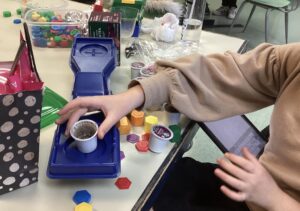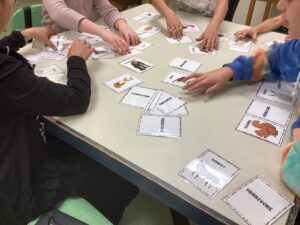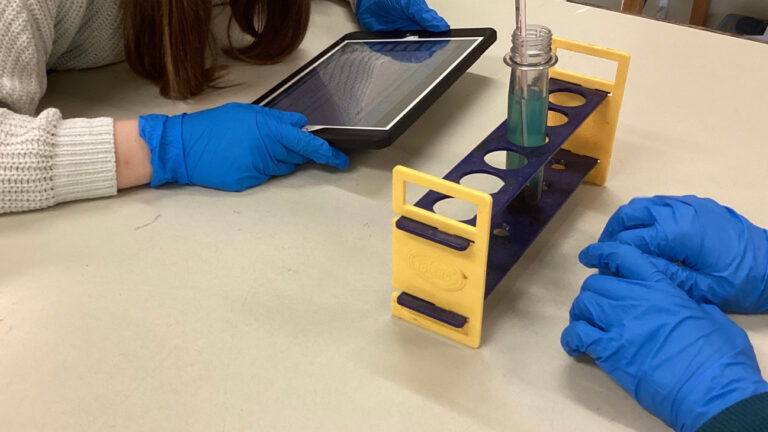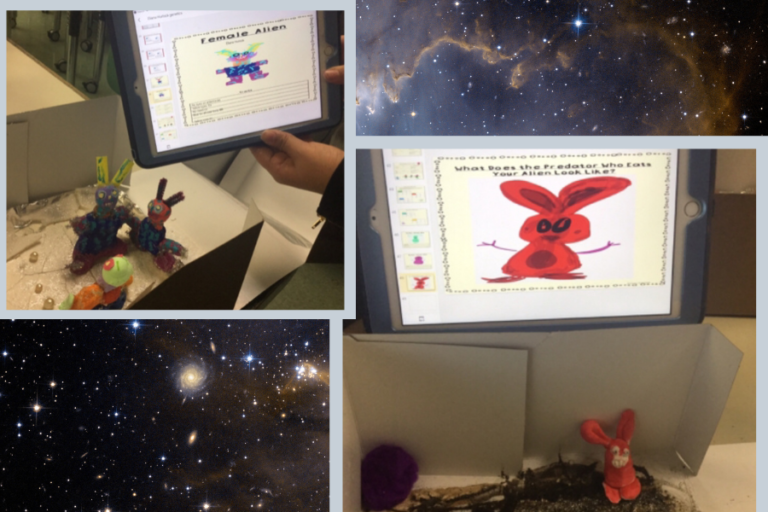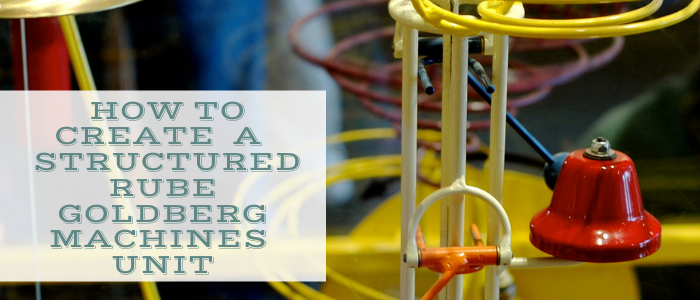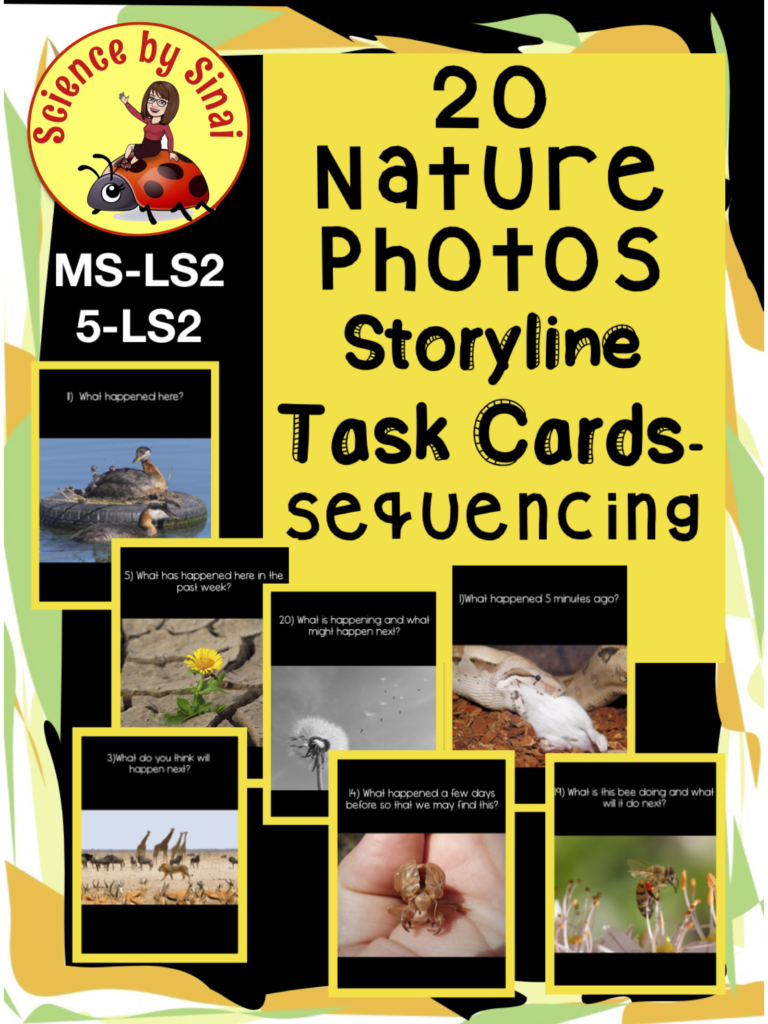11 Helpful Survival Tips For Middle School Science Teachers
Are you new to teaching science to middle school students? They have characteristics and personalities that vastly differ from elementary or high school! Teaching hands on, active science to this age group brings its own set of challenges.
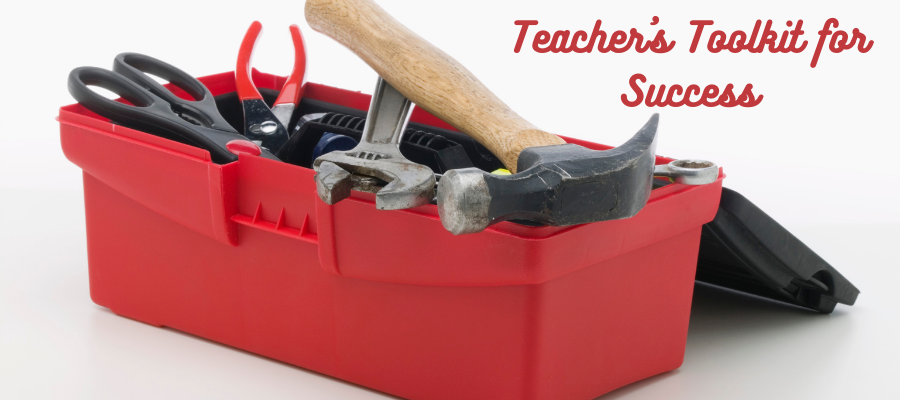
11 Helpful Survival Tips For Middle School Science Teachers
Updated Feb 16, 2021
I understand this first-hand after more than 30 years of teaching middle school science. This is why I have come up with what I would consider the top 11 teaching tips for every middle school teacher.
1. Relationships Are the First Item in Your Toolbox
Middle schoolers are a delicate breed that can take getting used to. The first of my teaching tips is to always remember that the most important thing to a middle schooler is FAIRNESS. They analyze our every move, and if you’re reasonable, accommodating, forgiving, calm and fair, then you have a chance to win them over.
The most wonderful thing about this age group is that once you have their loyalty, it is yours.
A sure fire way of losing that loyalty is to butt heads with them over petty points. Try to think three steps ahead as to what will you actually gain from repeatedly asking the boy in the middle row to push his hood down. Finding something for him to do, pertaining to the topic being taught, will yield far more rewards.
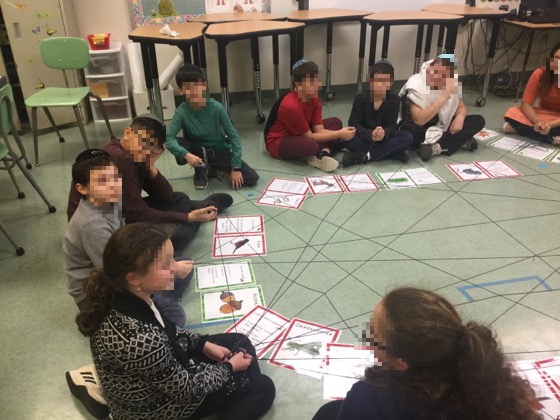
2. Enjoy Laughing with Them!
Of course, we all love to laugh and it’s hard to be angry, stressed, or even annoyed when you’re laughing. A teacher friend gave me one of her great teaching tips of having a funny meme projected on the board everyday as the students walk in. The kids look forward to it along with the chuckle that goes with it. I constantly search for new memes to keep in my teacher’s toolkit and students send them to me. You can even create a meme yourself at imgflip.com.
Find humor in the smallest things. Tell funny stories from your life. Tell embarrassing things from your life. This makes you so much more human and likable. Try to even discipline with humor, but never with sarcasm.
Here is an example of humor helping me during a formal observation. I had a very antsy student who took a long time to transition between activities. While I was getting the students ready to play Simon Says Bones he was bent over fussing around with his shoelaces. I said “Joel must really want to win because he’s over there doing warm-ups exercises!”. Joel thought it was funny, and came over to join the game. Later, my administrator praised me on how I handled the situation. It made Joel want to participate and he wasn’t embarrassed by my disciplining him.
We all love praise. Think of the last time that your administrator said something kind while passing you in the hallway or dropped you a small note about your bulletin board. We thrive on that and we strive to get more. Middle schools students also feel this way, but so much more! Search for anything meaningful to acknowledge in their lives and it will go a long way.
3. Keep a Daily Schedule
Keeping a predictable set of expectations in a schedule makes students (and teachers!) feel safe. Students know they must come in to class and get busy right away with a bell ringer or pre-quiz. This gives you time to access the class’s mood or gather your thoughts between classes. Making everything worth points keeps the accountability high and students like that they have so many opportunities to improve their overall score. (6 Types of Science Bellringers to Start Your Class)
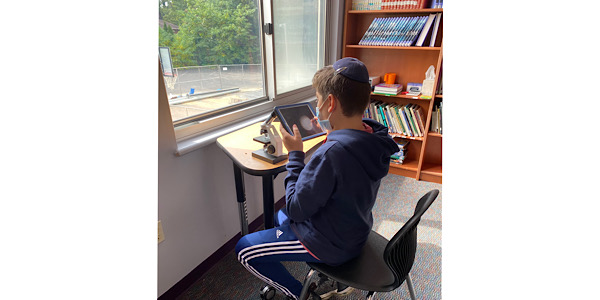
Another teaching tip is to try sending the students templates for note taking of different types such as class notes, Cornell notes, video notes or lab reports. This small change in my classroom, using their digital science notebooks, has made a huge difference. Students store these templates on their devices and pull them up as per my instructions. They know they must create a title on a new Google Slide, in their notebook, and put it in the table of contents with a hyperlink. At the end of each unit I use this free digital notebook rubric to grade their notebooks so they work hard to keep them nice.
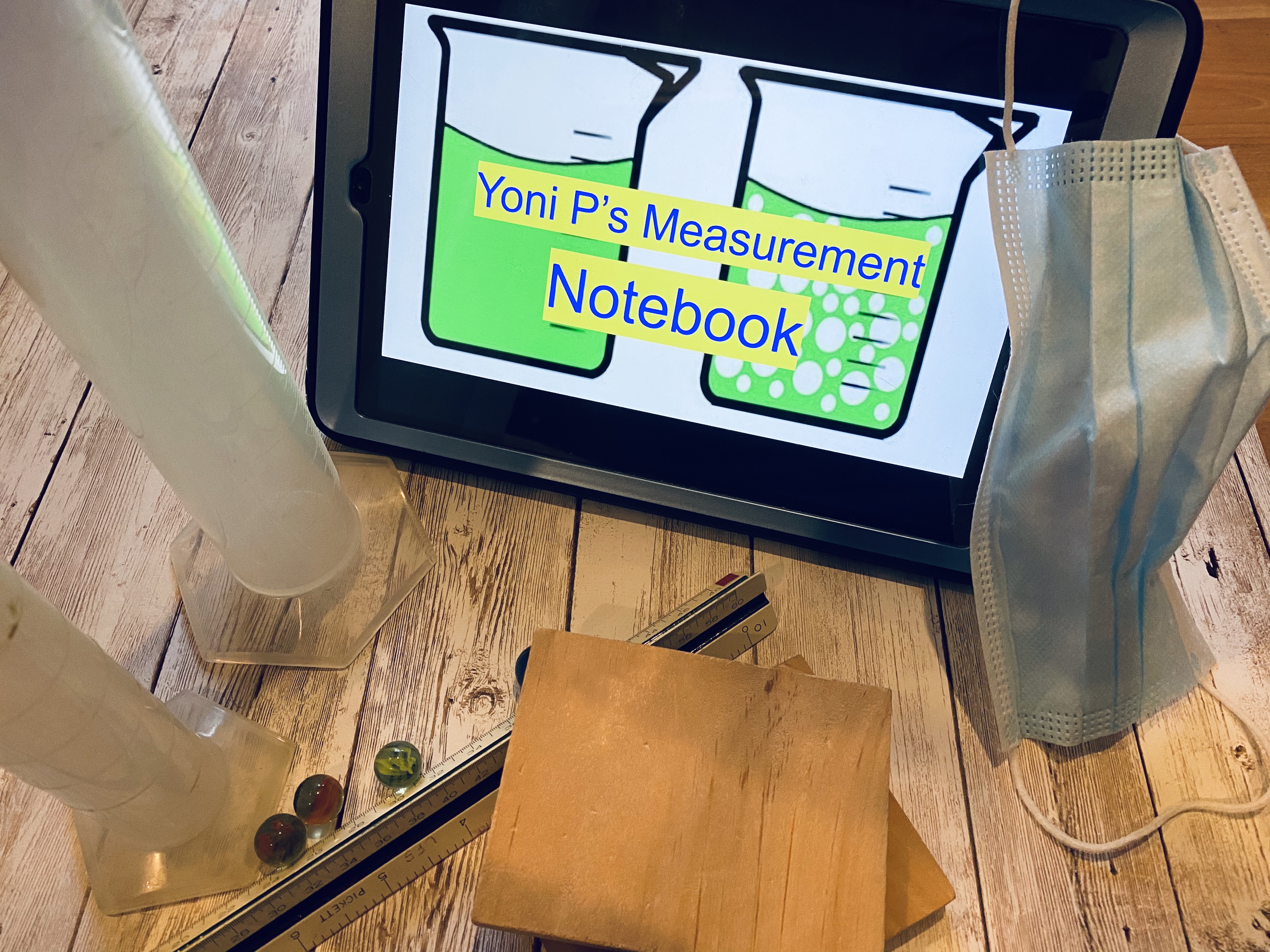
4. Pacing Guides in the Teacher’s Toolkit
Ask any veteran teacher for one of their teaching tips towards being successful and they will probably tell you that they plan, plan, and plan. It is wise to always know where you are headed for the week, month, semester and school year.
When I first started teaching, my first units of every year would drag on for two or more months and then I would suddenly wake up around Thanksgiving and realize how much time I had used! The standards had been covered, but I was letting the unit and projects drag out. Once I started using more rigid pacing guides I always knew where I wanted to be.
We constantly grow. I have changed my organization system at least 7 times during my 30+ years of teaching! Utilizing a teacher’s planner tailored exclusively to my science room has made a huge difference! Keeping my room and resources inventoried made me be able to plan at home with my classroom still at my finger tips.
I inventory my room right after school ends for the summer and this has saved me TONS of time during the school year. Check out this blog post on how I do it called 20 Tips for Doing Your End of Year Science Classroom Inventory.
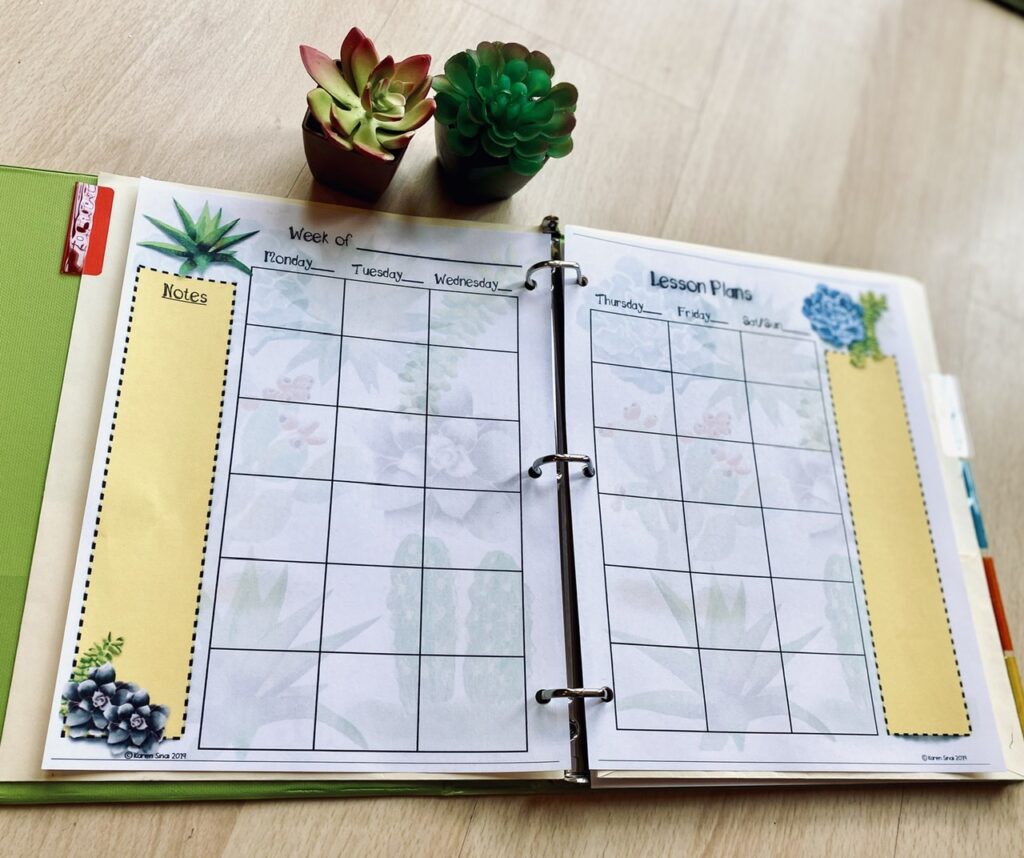
5. Plan Worthwhile Labs
You are given the curriculum and asked to follow set standards. Now you have the formidable task of designing lab activities! This can be extremely daunting and having middle school students up out of their seats moving around can unnerve any teacher new to the science classroom.
Feeling comfortable with this setting comes with a strong structure with YOU setting the pace and scaffolding the activity for that class period.
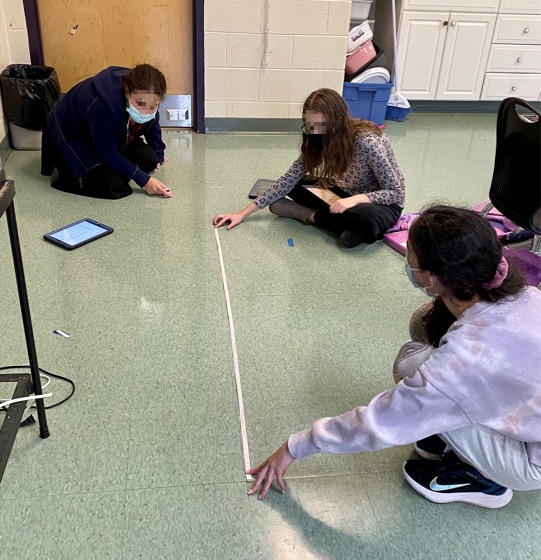
One of my most important teaching tips, and it can’t be stressed enough, is that you must PRACTICE the lab first to test the instructions, the outcome, and to give yourself a rough idea on how long it will take. Tack on at least another ten minutes for possible pauses to clarify. Should you divide the lab into two days? I would much rather move at a slower pace, with more understanding and clarity, than rush through a longer lab.
Another approach is to use CER prompts so you have students create their own investigative labs. You can present a phenomena and have them develop questions. You could also present the question and have them provide methods for gathering evidence and then reasoning. Of course, you should have in mind the general outcome that will tie into your overall unit. (Boost Your Student’s Critical Thinking with CER in Science Class)
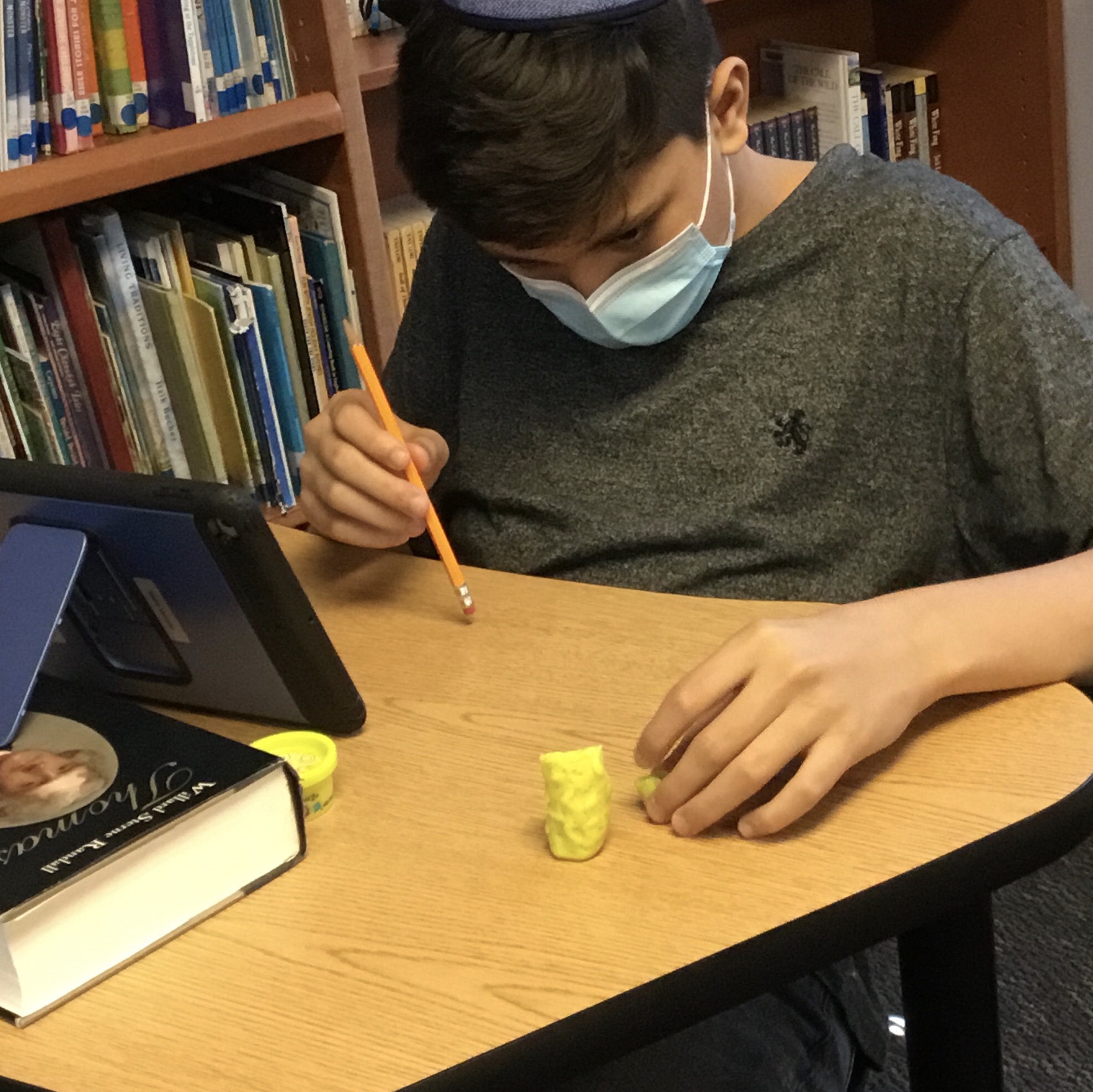
There are literally hundreds of great resources online for finding content and labs. It can be overwhelming. I took my many years of iPad bookmarks, with teaching tips and activities, and put them together for you to reference in my blog post called A List of Super Websites for Science Teachers.
6. Scaffold and Manage Class Time
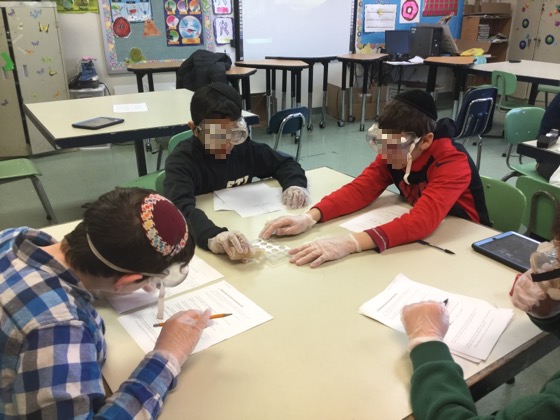
As mentioned before, YOU control the pace of your lesson. Breaking the class time into segments is a great time management method. Give strict instructions at the beginning of class, with as many troubleshooting hints as possible. Once the students are prepared, you allow them to work, within a timed period, and then bring them back to regroup and reassess. You can repeat this several times and give warnings as to how much time is left in each segment.
You will find a tremendous difference in classroom management when the students realize that the time that is allotted them is limited.
Of course, be sure to allow for non-rushed clean up. Most lab accidents happen when students are hurrying and distracted. Use a bell or signal ten minutes from the end of class. This method of scaffolding is something that administrators, in a formal observation, will appreciate and note.
A common mistake that newer teachers make is plowing on in spite of realizing a lesson/lab is obviously dying. If you over planned you can always stop in the middle and switch gears. As I got more comfortable teaching, I also became more comfortable admitting that something wasn’t working to the students. I just act like it is part of my original plan!
For more information on how I use time management, you can check out my post called 10 Tips for Good Time Management in the Science Classroom.
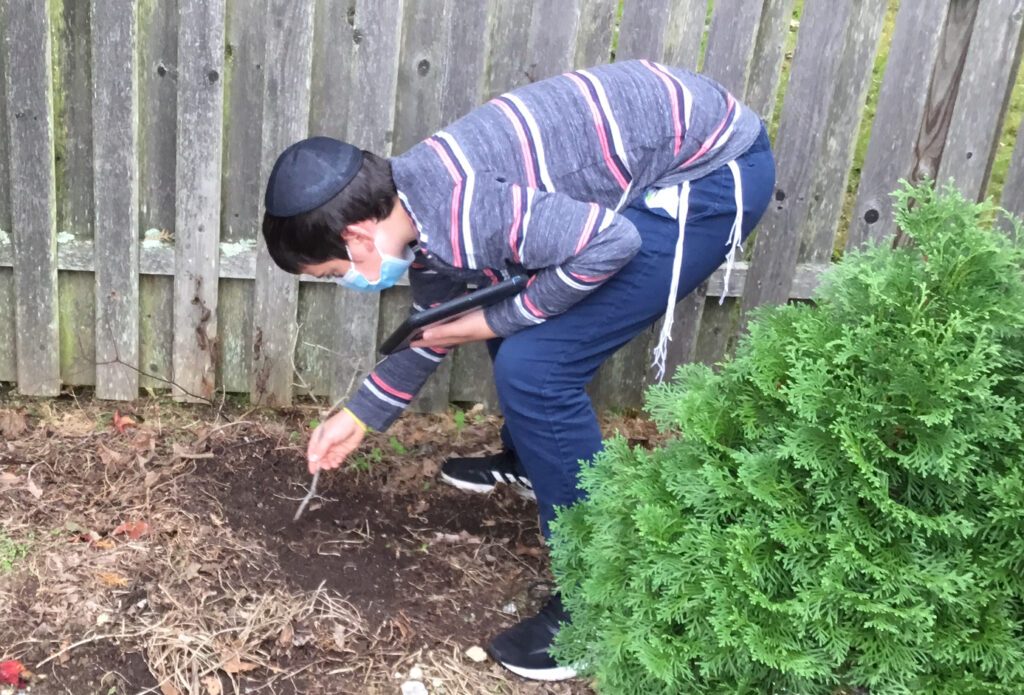
7. Choose Homework Wisely
Homework, for the sake of giving homework, is going to cause problems from the beginning.
Try to stay with assignments that are reflective of something you did in class but with high engagement.
How about inventing an animal to classify, drawing a map to their house, or finding objects in their house to measure? Alternatively, try using some pre-learning from an interesting article for the next day. We all know busywork when we see it and students will soon resent all homework.
Some schools may require homework every evening, but it can be broken up into small, worthwhile pieces. I also ask my students to make lab report videos, reflective journal entries or research prompts.

8. Projects Are Wonderful When Well Structured
Similar to planning labs, choosing projects to assign should be very carefully thought out. Most projects take several days or more. Does it support the standards or concepts that you are working on? Is the time taken from class work or other labs worth what the students take away from the project? If yes, then go for it!
(Science Projects-10 Questions to Ask Yourself Before Assigning One)
However, you must scaffold projects like you do labs. We teachers love to see a group enthusiastically working together, but this can’t go on indefinitely without structure.
I use a DAILY rubric and a FINAL rubric that I present carefully to the students before we touch any materials. I have them brainstorm and sketch, before they start, plus they must get my approval on their plans.
This may sound stifling on paper, but it has made a huge difference with my STEM and regular projects! Examples are my Rube Goldberg project that I do with my 6th graders, or my Magnet Mazes with my 8th grade.
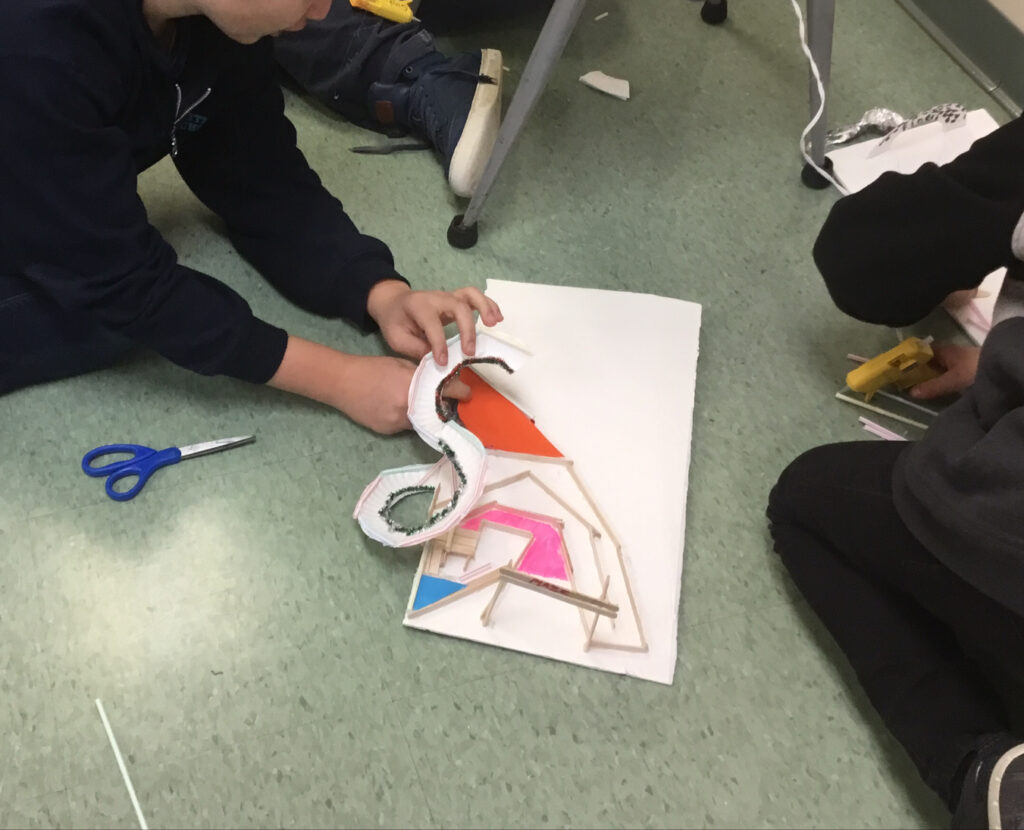
One essential teaching tip, that I’ve learned over the years, is to always have an example that I create myself, or ones from previous years to show the students at the front end. You need to work out all of the possible troubleshooting before you present it to the students/parents.
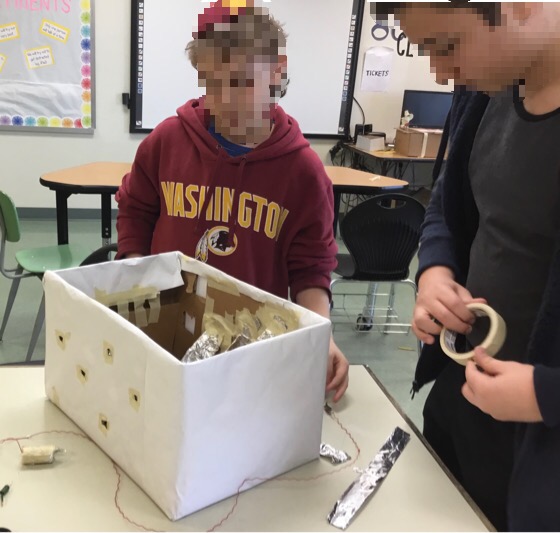
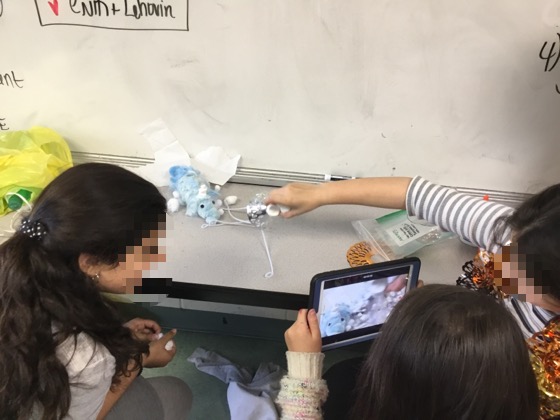
9. Keep a Variety of Assessments in Your Teacher’s Toolkit
There are so many other ways of assessing the students rather than a standard, fill-in-the-blank test. That is not to say that I don’t give those once in a while because otherwise I do them a disservice in high school.
Your teacher’s toolkit should include assessments such as iMovie lab reports, Keynote unit summaries, playing Kahoot games, review game boards, writing their own tests, etc. There are so many ways to pull the information together to determine if they own the material or not.
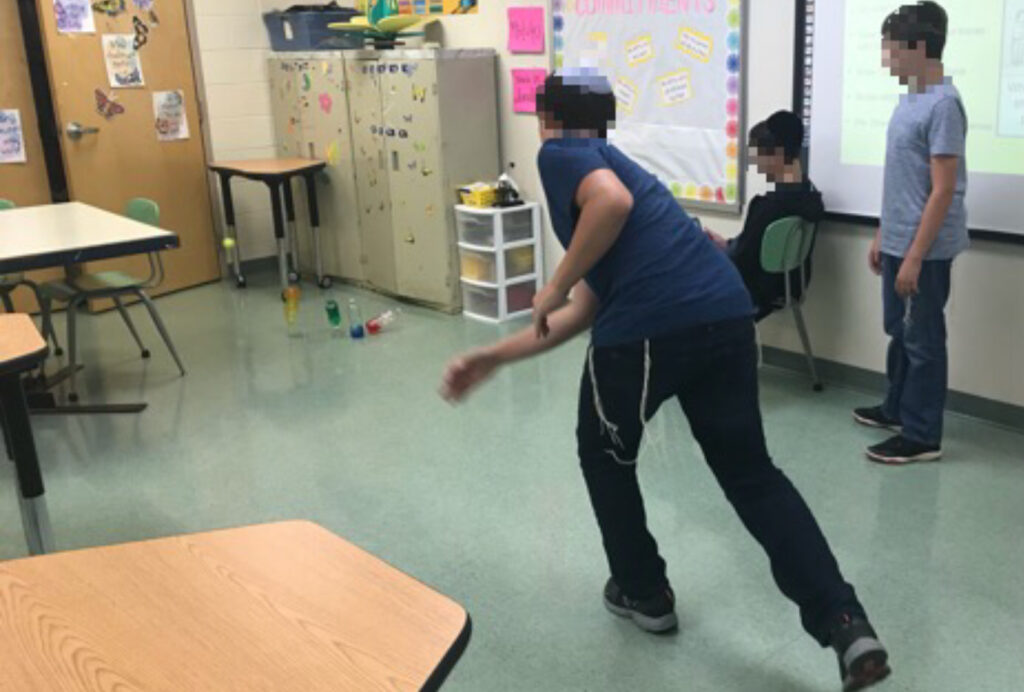
One teaching tip, that I wish somebody had told me when I first started teaching, was that when I do make a test I should time myself while taking the test. I should then give the students TRIPLE the amount of time it took me. This would’ve saved me lots of angst from students and parents in those beginning years!
10. Grading is the Bane of Teachers
If you go on Facebook forums or into the teachers’ lounge, one of the biggest complaints you will hear from teachers is how much grading they have to do. You will need to develop a system in your classroom where the grading is not weighing you down.
Is each assignment that you give worthwhile? If not, why did you give it? Was it to fill time? Did you need time to grade other things so you gave them a new assignment? That’s a rabbit hole that you do not want to go down.
If you are in a school that requires nightly homework, having them read passages with a few questions is very useful. Using a bell ringer or a pre-quiz at the beginning of your class will allow you to know who completed it.
Grading tests as quickly as possible has always been important to me for two reasons. One, we move onto a new unit right after the test and I’d like to go over the test before that. Two, I consider any assessment of the students an assessment of myself. I am just as eager as they are to find out the results!
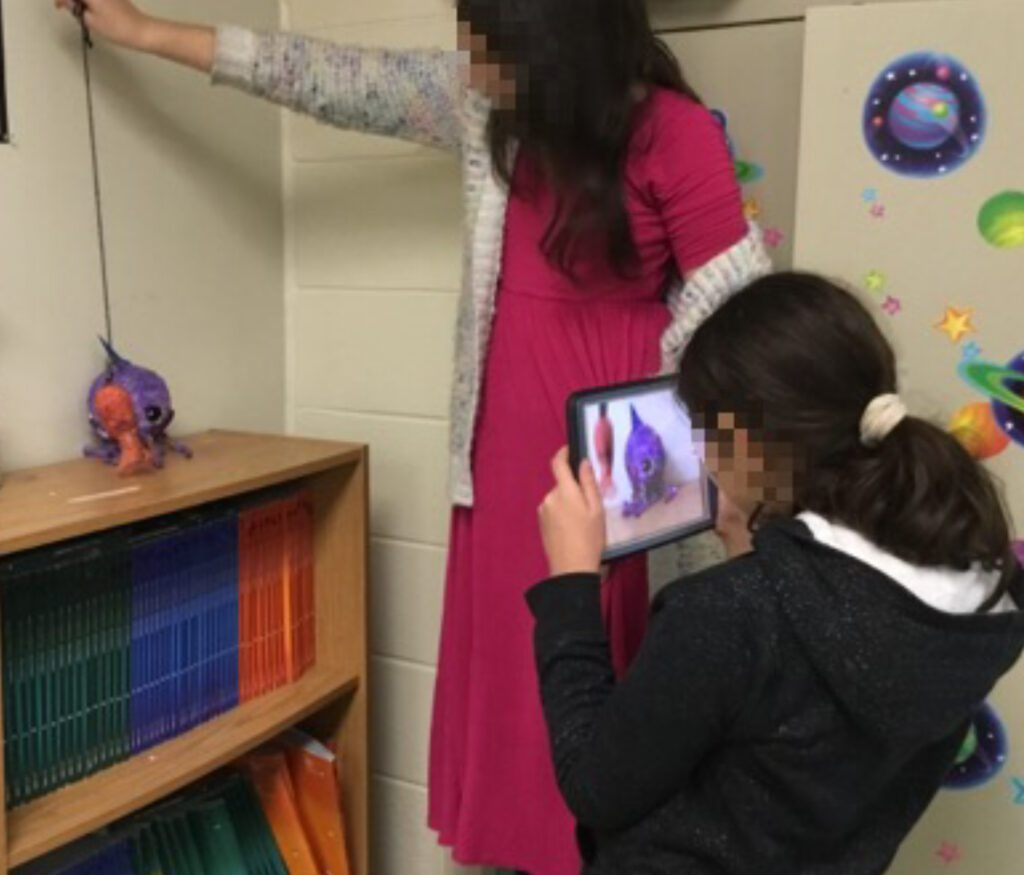
It is important to realize that not every assignment needs to be graded in its entirety. Setting up a score for completion will make your life much easier and will help detect patterns. One of the many reasons I love using Google Slides digital notebooks is that I can check work from my phone, iPad, or computer at any time. This also makes it very easy to catch late work or to help a student with make-up work.
11. Keep Your Sanity by Keeping a Reflective Journal
I have kept teacher journals, as part of my teacher’s toolkit, for over 20 years now and every once in a while I like to go back and read them. I use them to keep track of any successful ideas and areas that need development. (7 Reasons Why You Should Keep A Teacher Journal). These notes help me decide what I will do differently the following year. I pull them out when I am working on my pacing guides during the summer. This definitely keeps me from reinventing the wheel every year.
I like to give the kids informal surveys every once in a while, preferably at the end of the unit and this is a good way to keep track of my successes or areas in need of improvement. My favorite part of my journal is keeping any notes from students, parents, or administration complementing me on something that I have done. These are wonderful to pull out when I’m having a stressful day!
Please share any teaching tips that you feel are necessary to keep in your science teacher’s toolkit. I would love to hear from you!





